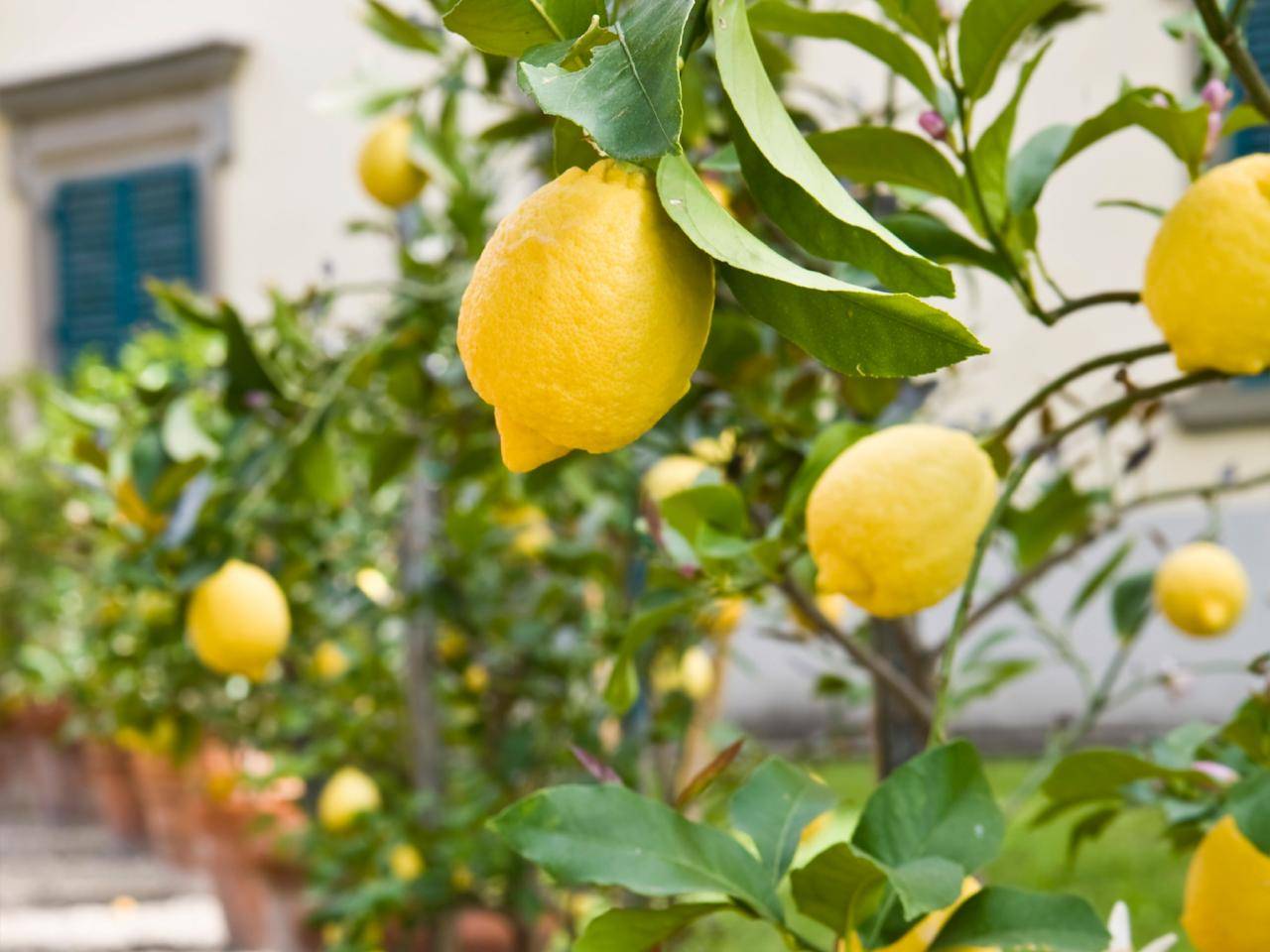
The lemon, a common citrus fruit found in our homes, has increased in popularity in recent months. The fruit is high in Vitamin C and serves as an immune booster, as well as providing much-needed sustenance during the peak of the Covid-19 outbreak. Many people are now interested in growing lemons at home. However, city people with limited space and no knowledge of how to grow a lemon tree — which typically takes a large amount of land – may find this idea challenging.
So, do you think you could plant a lemon tree on your balcony or a tiny terrace?
Kanpur's Aakash Jaiswal has an answer to the question. The expert began gardening at the age of 14 and has a terrace garden where he grows a variety of vegetables. Aakash presently has over 6.5 lakh subscribers on his YouTube channel, Gardening Lovers.
"I have 250 varieties of fruits, vegetables, and ornamental species of plants on my terrace garden," Aakash says, ensuring that a fully grown lemon tree can be grown in a small space.
The most important factor, according to Aakash, is getting the right plant from your local nursery. "The sapling should be of a good grade. Having a sapling bearing more flowers is an obvious way to recognize it," he adds.
The roots of the plant, like the branches of a lemon tree, will grow far. "It's best to acquire a pot that's 16-18 inches wide to prevent the plant from suffocating," Aakash advises.
The space allows the roots to expand out and retain moisture. "Suffocating the roots typically results in root binding, which prevents the plant from reaching full growth," he adds.
Once the plant and the pot are ready, the soil mixture should be prepared. This is the most important stage since the plant will get all of its nutrients from the earth.
According to Aakash, the soil should have 40% organic manure or fertilizer. "In most cases, vermicompost, cow dung, and other organic feeds perform best. Gardening soil, which is generally combined with sand, should make up the rest of the mixture," the expert advises.
Your work will only begin after the plant has been potted. While it adjusts to its new surroundings, many factors, such as the plant's location, should be considered.
In addition, the plant should be placed on a stable platform or base. "The lemon plant requires a lot of light, so keeping it in the shade isn't a good idea. It is better if the plant receives direct sunshine. Also, avoid placing the plant in a windy location," Aakash warns, adding that overwatering the plant can only cause damage.
According to Aakash, the ideal way to water the plant is every 2-3 days. "The water supply should be minimal but sufficient. Do not pick or harm the fresh green leaves because this will impede the plant's healthy growth," Aakash advises.
After a month and a half of potting the plant, the gardening expert recommends adding some cow dung manure to help provide more nutrition.
"If you notice that the blossoms are smaller than usual, spreading honey over the plant is an easy approach to address the problem." The simple trick will aid bee pollination and the flowering process, according to Aakash. Lemons come in a range of shapes and sizes, including paper lemons grafted lemons, and seedless lemons. "Many people like to cultivate seedless lemons, while others prefer to grow Chinese lemons, which are smaller and more beautiful," explains Aakash.
















